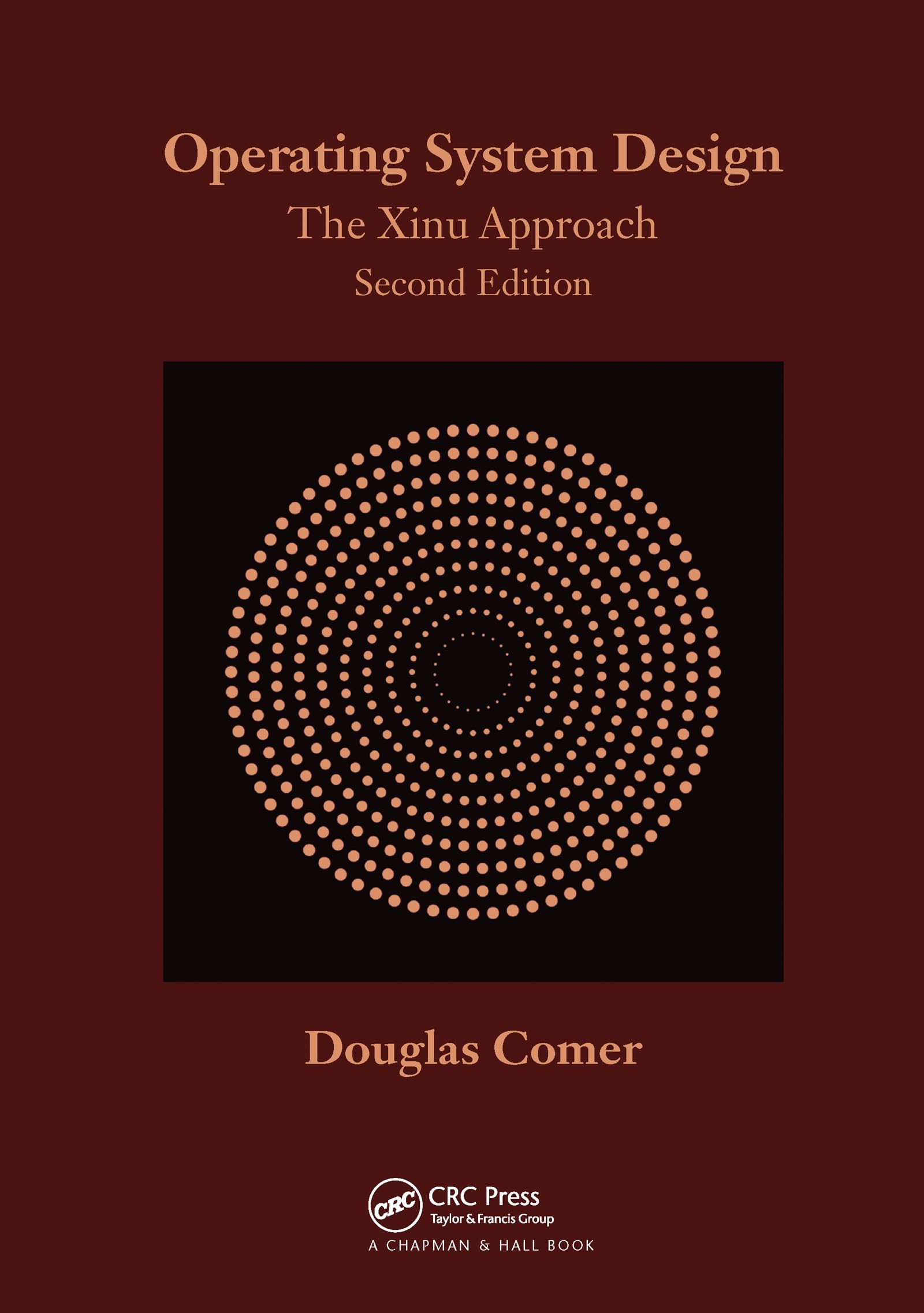All Categories


Operating System Design: The Xinu Approach, Second Edition
Share Tweet
Get it between 2025-02-19 to 2025-02-26. Additional 3 business days for provincial shipping.
*Price and Stocks may change without prior notice
*Packaging of actual item may differ from photo shown
- Electrical items MAY be 110 volts.
- 7 Day Return Policy
- All products are genuine and original
- Cash On Delivery/Cash Upon Pickup Available








About Operating System Design: The Xinu Approach, Second
An Update of the Most Practical A-to-Z Operating System Book Widely lauded for avoiding the typical black box approach found in other operating system textbooks, the first edition of this bestselling book taught readers how an operating system works and explained how to build it from the ground up. Continuing to follow a logical pattern for system design, Operating System Design: The Xinu Approach, Second Edition removes the mystery from operating system design and consolidates the body of material into a systematic discipline. It presents a hierarchical design paradigm that organizes major operating system components in an orderly, understandable manner. The book guides readers through the construction of a conventional process-based operating system using practical, straightforward primitives. It gives the implementation details of one set of primitives, usually the most popular set. Once readers understand how primitives can be implemented on conventional hardware, they can then easily implement alternative versions. The text begins with a bare machine and proceeds step-by-step through the design and implementation of Xinu, which is a small, elegant operating system that supports dynamic process creation, dynamic memory allocation, network communication, local and remote file systems, a shell, and device-independent I/O functions. The Xinu code runs on many hardware platforms. This second edition has been completely rewritten to contrast operating systems for RISC and CISC processors. Encouraging hands-on experimentation, the book provides updated code throughout and examples for two low-cost experimenter boards: BeagleBone Black from ARM and Galileo from Intel.




















